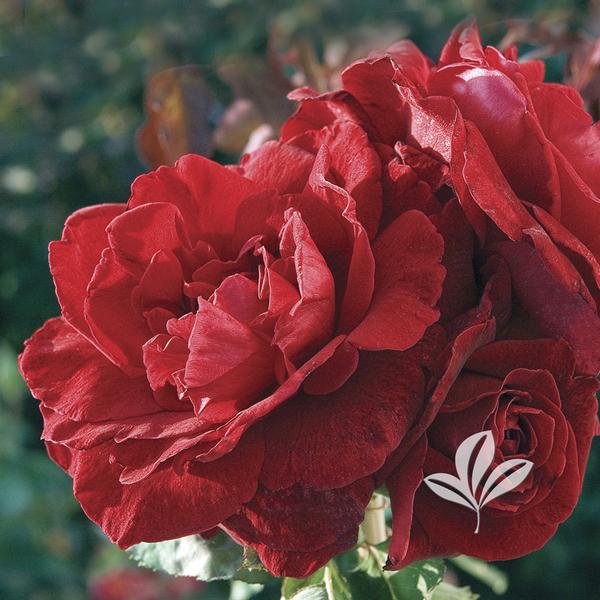Pests and Diseases
Powdery Mildew
Rosa 'Don Juan' (bane of my existence)
The climbing Rosa 'Don Juan' was introduced in 1958. A time in which pesticides, herbicides, fungicides and heavy fertilizers were used. With this in mind, it is my perspective that many roses bred and produced from this period and on wards are depleted of the needs they required in their prime as less chemicals are used today.
Don Juan specifically suffers with regular, predictable, and heavy coatings of powdery mildew (Sphaerotheca fuliginea). Every year that I've grown this rose in a greenhouse setting from bare root to 5 gallon, 3 ft height shrubs (February - September), they always suffer with this disease. No matter the spacing, air flow, watering, fertilizing, or soap spraying, this rose always suffers; thus being the bane of my existence.
Powdery mildew on roses can be treated in many ways. Always check the soil in which the bare-root plant was potted in and the mulch it was topped with. I noticed our supplier had multiple root tips extruding from the pots and had topped up the square pots with too much mulch, resulting in the plant being potted up "too deep." This adds 2-4 inches of potential anaerobic soil as there are no roots to absorb the moisture held against the crown. Not to mention the excess water against the stem and its potential to rot the bark. Pot up said plants into larger pots, remove top soil and majority of soil around woody roots while keeping in mind the safety of micro root development.
- Prune away the worst of the mildew
- Use a nutrient rich potting soil (trust the more expensive brands!)
- Use bone meal in the soil
- Top with epsom salts, a slow release granular rose food, and a good dose of fish compost as a mulch
- Don't top dress too much. Plant the rose high and top dress to appropriate height without burying the stem and crown
- Water in and let the water run through the bottom of the pot
- Water in with liquid transplanter (5-15-5) and bio-fish liquid concentrate
- Mist or spray with a Natria and soap concentrate
- Liquid fertilize a few days later with an all purpose water soluble fertilizer such as a 20-20-20, and give it a deep soak as it will need it to produce lush new foliage to cover up the old sprayed growth.


Comments
Post a Comment